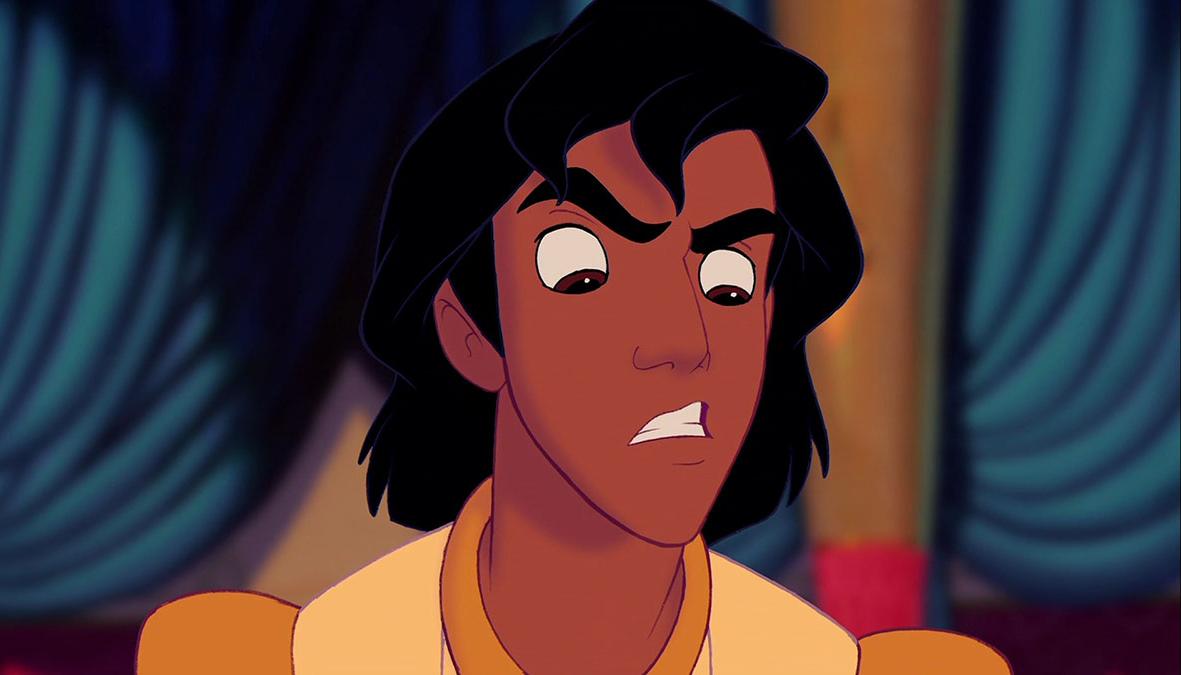The original Disney production of Aladdin, released in 1992, was the first Disney film to be released which depicted characters that were not white. The film is based on a Middle Eastern folk story of the same name, which is one of the tales in ‘The Book of One Thousand and One Nights.’ The film quickly achieved both critical and commercial success, becoming the highest-grossing film of 1992. It was also the highest-grossing animated film of all time until it was overtaken by The Lion King two years later. ‘Aladdin’ also garnered many prestigious accolades, including two Academy Awards. That being said, the film was not without its controversies, as many were repelled by the film’s use of ethnic stereotypes.
Despite this, it is important to recognise the topic of ‘Golden Ages’ when it comes to Disney animation. The first of these so-called ‘Golden Ages’ was completely whitewashed and included films such as Snow White, Sleeping Beauty and Cinderella. The Second of these Golden Ages, which includes Aladdin, marks Disney’s search for multi-racial identity and diversity. Films such as Pocahontas and Mulan catapulted themselves onto our screens and for the first time in Disney history, white was no longer the dominant demographic. I am sure there are some extreme lefties who would be inclined to scrutinise these films and call out every racial stereotype and miss-representation, however, I do believe they were important. Children, unaware of the raging political correctness war, would just see people who looked like them and I don’t have any problem with that.
Furthermore, this second age of Disney film making produced a snowball effect type motion, slowly but surely opening up the screen to larger demographics, gradually diversifying and becoming a truer reflection of real-life society. We’re arguably in the Third Golden Age now with black representation shown through The Princess and the Frog (2009), Polynesian through Moana (2016), and even potential queer representation through Frozen (2013).
Disney’s steps (albeit baby steps, but steps none the less) towards inclusivity and diversity have been clouded by the recent controversy of their alleged ‘brown-facing’ in the live-action version due to be released later this year. Disney has owned up to ‘browning up’ certain white actors for non-white parts, which is terribly disappointing and certainly doesn’t promote a sensitive treatment of ethnic minorities within the entertainment industry. Disney has defended its decision, claiming that cast and crew members alike were “made to blend in” only a “handful of instances when it was a matter of speciality skills, safety and control.” What kind of message is this sending to the naïve and inexperienced youth who view Disney as gospel? It suggests that heritage and identity can be erased with the flick of a foundation brush. And what happens at the end of the day when the makeup is wiped away and the Caucasian actors can step back into their lives of privilege and assumed entitlement? The Indian, Middle Eastern, African and Mediterranean actors do not have this luxury and instead must continue to endure the upward battle for equality and greater screen presence. This is just further evidence that the West doesn’t understand what it is like to be ethnically subservient on the global entertainment stage. I wonder what kind of backlash would have ensued had Netflix white-washed Asian actors to play members of the royal family in The Crown.
The talent exists and is only as accessible as filmmakers make it. There is no way that in 2018 Asian actors could not have been hired to feature in this film. Disney’s failure to hire on-screen talent of the right ethnic identity to fit with the film is not behaviour we expect from our film-makers. That being said, the entertainment industry remains a somewhat distorted reflection of the society we live in today. If platforms for ethnic minorities are not granted in real life, then how can we expect our entertainment industry to be an example of diversity and tolerance?
Image Courtesy of Disney

